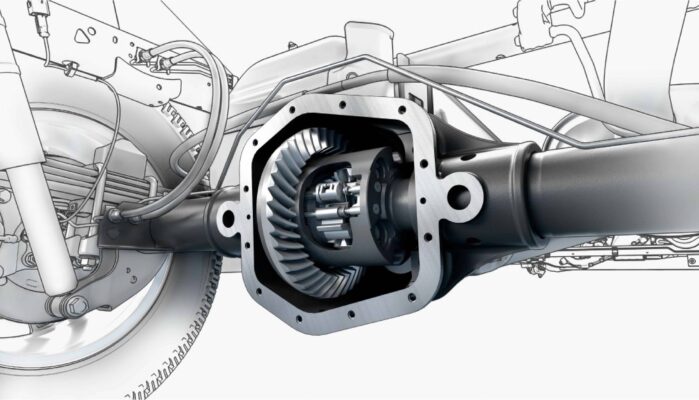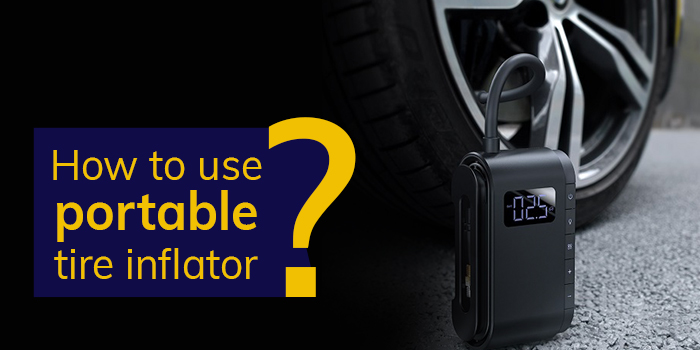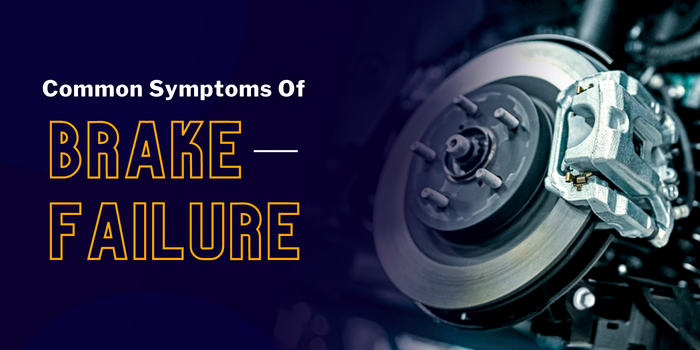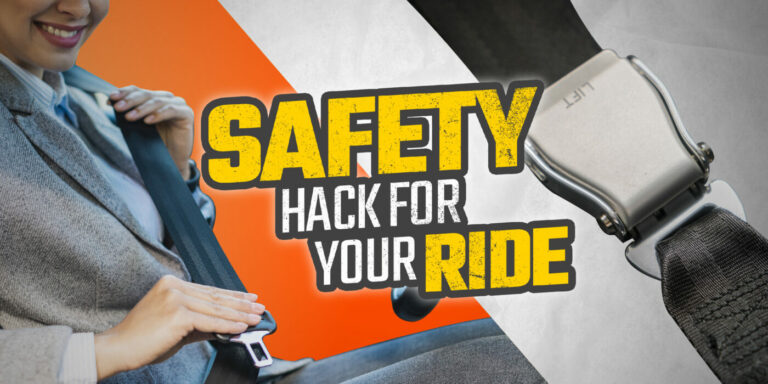
In India, the motorcycle is the most reliable and common way to travel, primarily because bikes return good mileage and they are easy to ride in stop and go traffic and get between narrow streets of the city. But how do you increase bike mileage to make the ride even more economical?
The sales of motorcycles keep increasing year after year, and currently India has one of the largest bike markets in the world. Unfortunately, the price of petrol has also been increasing, reaching an all time high and making mileage an even more important factor to consider.
When bike owners ask how to increase bike mileage, a demand is created for bikes that offer superior mileage, and the rider saves a little bit extra when it comes to fuel.
Here are some tips and tricks to help get the best mileage out of your bike. If you follow these steps, you are sure to get as many miles as possible from one litre of petrol.
Tips and tricks to increase bike mileage
With the amount of vehicles on the road, increasing traffic in cities and the rising cost of fuel, it is becoming harder to get good mileage from your motorcycle.
Bikes with big engines and heavy bodies are good to look at and ride at high speeds, but the rider ends up spending too much on fuel costs on a daily basis.
The feeling is that the bike is too costly to run and the low mileage is adding to their woes. If you are thinking of increasing bike mileage, have a look at the following tips that are sure to have you saving some extra bucks in terms of fuel cost.
1. Get rid of that excess weight
The extra weight on your bike will result in lower fuel mileage. The bike engine will have to work harder to move that much weight around and it will end up using more fuel.
Getting rid of any extra weight in the form of leg guards, engine protection plates, luggage carriers, bigger seats, will go a long way in getting the overall weight down and thereby improving the fuel mileage.
You can even get rid of heavy plastic fairings on the front that don’t do much in terms of aerodynamics. Bikes like the Karizma and R15 have fairings that can be removed to reduce the weight of the bike.
2. Filling up the tank
A good tip is to always fill fuel early in the morning when ambient temperatures are a bit cool. Petrol is sold in terms of its volume, and if the temperature is cool, you can get more petrol for the same amount of money because the petrol contracts when cold and expands when warm. Later on in the day, when temperatures soar, the petrol will expand and you will get less volume for the same amount of money.
Some riders have the habit of filling petrol all the way to the brim of the tank. This should be avoided because there is a chance of the fuel spilling when the orientation of the bike changes. This will result in wasted fuel.
Finally, the quality of the fuel is important. If there are many impurities in the petrol, it will cause engine trouble and the mileage will go down. Always fill fuel at a reputed petrol station and use a fuel filter in your bike to get rid of any impurities that may be present in the petrol.
3. Good riding practices
You can save fuel while riding by using good riding practices. Always ride within the limits of your bike, even if you are on an open stretch of road on the highway. For a small capacity commuter bike of about 100 cc, you should not exceed 60 km/h. If you ride at a speed above this limit, the fuel mileage of your bike will drop drastically.
Try to keep your speed constant while riding. Avoid sudden use of the throttle or brakes and don’t switch gears too frequently. Keep riding in the correct gear and at a steady speed. It will give you a good mileage on your bike. If you do need to slow down, modulate the throttle to get into the right speed instead of slamming on the brakes all the time, which wastes fuel.
4. Keep your bike clean
Make sure there is no dirt build-up on moving parts of the bike like the chain and tires. Any obstruction will cause extra friction and require the engine to work harder to overcome this force.
Keep the chain clean, in good condition and well lubricated at all times. Same goes for the rims and tires. Make sure all the bearings are well oiled and you don’t have any dirt or grime buildup on them.
This will allow for optimum fuel consumption when riding.
5. Get the bike services at regular intervals
If you get your bike serviced regularly, you will see an increase in the mileage of your bike. When servicing, all the engine parts are kept in good health, bearings are well oiled, the chain is lubricated, and the engine oil is replaced to reduce friction in the moving parts of the engine.
The life of the vehicle is also increased with an increase in mileage. If the fuel filter, air filter and carburettor are kept clean, the bike will consume less petrol and your bike mileage will increase.
With the loss of engine health, the fuel consumption will increase. Even if you cannot get the bike serviced on time, at least ensure that the engine oil has been replaced to keep it running smoothly at and its optimum level.
6. Tune your carburettor
Sometimes, just cleaning the carburettor is not enough. Even though maintaining the carburettor is part of the regular service, they may be missing out on an important technique called carburettor tuning.
When a carburettor is tuned, the air fuel mixture screws are adjusted so that there is no extra fuel consumption while running the engine. The air fuel mixture setting can be changed to increase or decrease the engine performance. Increasing the engine performance will consume more fuel, while adjusting the carburettor for less performance will give you better fuel mileage.
This can be done by a trained mechanic who has experience in adjusting carburettors. Even vehicle manuals have in depth explanations on how to get the best setting from your carburettor.
7. Tyre pressure at optimum levels
Always maintain the tyre pressure at the correct level when riding a bike. If the tyre pressure is too low, it will cause more friction with the road surface and will increase fuel consumption to overcome this force.
If the tyre pressure is too high, it may cause instability while riding and you won’t be able to turn corners as efficiently as you would if the tyre pressure was at the correct level.
Keeping the tyre pressure at the recommended level will ensure optimum fuel consumption and the right levels of grip that allows for smooth riding. The correct tyre pressure varies for different bikes, so have a look at the sidewalls for indications or read the vehicle manual for the correct information.
The tyre pressure should be checked before going on long rides because that is when it will make the most difference to fuel mileage, and also because of safety factors.
8. Good quality of fuel
The fuel quality that you use in your bike makes a big difference to the fuel mileage. Using high octane fuel is also a good choice because it burns more cleanly and produces more power, taking you further on the same amount of fuel.
Certain fuel stations sell leaded fuel which costs less, but ends up causing a lot of carbon deposits in your engine. Look for high quality unleaded fuel which is much better for the health of your engine. It may cost a little more, but you will get better mileage, your bike will run more smoothly and you will have a longer engine life.
9. Avoid over speeding and rash riding
Riding at excessive speeds over potholes and speed bumps may be exciting, but it affects your fuel mileage a lot. Overuse of the throttle, doing wheelies and burnouts may look good, but it is a complete waste of fuel.
Try to be judicial with the accelerator and don’t overspeed in crowded traffic. Avoid overuse of the brake and riding at high speeds in low gears as this consumes more fuel.
Racing on public roads should be avoided completely, because not only is it costing you more in terms of fuel, it is also unsafe for you as it may lead to an accident. Even engine life is seriously decreased by revving the engine too much.
10. Turn the engine off when not in use
Traffic lights stay red for more than a minute at times. When you are stuck at a traffic light for more than 30 seconds, switch off the engine to save fuel. Even the engine life will increase by switching off the bike when it is idling.
Starting the bike will only take a second and you will be on your way as soon as the traffic lights turn green. Some traffic lights even have a timer that tells motorists how long they have to wait until they get a green signal.
With the right carburettor settings and judicial use of the throttle, the engine will not consume too much fuel while idling anyway, but its always a good practice to switch it off and save fuel.
11. Park the bike in the shade
If the bike is parked in direct sunlight, it will cause some of the fuel to evaporate from the petrol tank. Also, the paint and exterior finish will tend to fade away if parked in direct sunlight.
Find a shady area to park your motorcycle and make sure the fuel tank cap is well sealed with the rubber washer. Sometimes if the fuel tank is filled to the brim, and the bike is parked on its side stand, the fuel leaks out of the tank cap and gets wasted. Never overfill your fuel tank.
Carburettors have a fuel on / off switch as well, so make sure the carburettor fuel switch is in the off position when the bike is parked so that fuel doesn’t leak out.
12. Avoid modifications of the stock bike
Never replace original parts with aftermarket parts as this may affect your fuel mileage. Using wider tires will cause more drag on the moving bike and drop fuel mileage. The same goes for free flow air filters and exhaust chambers. These parts may be great for performance, but they are not good for fuel mileage.
Original parts are always synchronised to work well with the bike, and aftermarket parts will just cause a higher fuel consumption.
Conclusion
Fuel prices may be going up and this is definitely not in our hands. But we can increase the mileage of the bike by following the aforementioned steps.
The tips and tricks are easy to follow and don’t require any extra effort from the rider’s end. Other factors like stop and go city traffic is sometimes unavoidable, because of the rush hour, and we may end up revving our bikes at one point and riding at the low end at another. Riding in economy mode (easy use of the throttle and brakes) will go a long way in keeping fuel mileage in check.
Most new motorcycle buyers look for the mileage figures before making a purchase. This trend can be seen in the best-selling bikes that give a mileage of 70 kmpl when ridden the right way. But don’t worry, even if your bike was not designed to give you such a high mileage, by following the mentioned easy steps, you can get the best mileage out of your bike as well.








